22 Little Purple Flowers In Grass
Weeds often get a bad reputation for invading lawns and gardens. However, many weeds actually produce beautiful purple flowers that can temporarily transform an otherwise green landscape. But behind the visual appeal lies a stubborn plant that can quickly take over your yard. Understanding weed identification, life cycles, and control is key to effective management.
I have focused on 22 little purple flowers in grass, enabling you to identify and safely remove them.
By stopping them at the roots, I reclaim your landscape and prevent future weed infestations. With a proactive approach and consistent maintenance, my lawn and garden can now thrive weed-free.
Understanding Weed Life Cycles

Identifying weeds by species allows me to understand their life cycles and attack key vulnerable stages. Weeds are classified by life cycle as annuals, biennials, or perennials:
- Annuals: Complete their life cycle in one season, propagating only by seeds. Preventing seed production is key to reducing future annual weed populations. Common annuals include crabgrass and spotted spurge.
- Biennials: Complete their life cycle across two seasons, typically forming foliage the first year and flowering the second year. Controlling biennials in the first year prevents flowering and seed production in year two. Common biennials are burdock and common mullein.
- Perennials: Live for multiple years, reproducing by seed and vegetative structures like roots, rhizomes, and bulbs. Removing roots and preventing seed spread provides long-term perennial weed control. Dandelions and bindweeds are common perennial weeds.
Understanding these life cycles enables well-timed control measures that disrupt weed reproduction and growth. Now let’s identify 22 purple-flowered weeds and effective removal strategies.
For more information about Gardening you can visit: Broccoli Plant Growing Stages
22 Weeds With Purple Flowers and Control Strategies
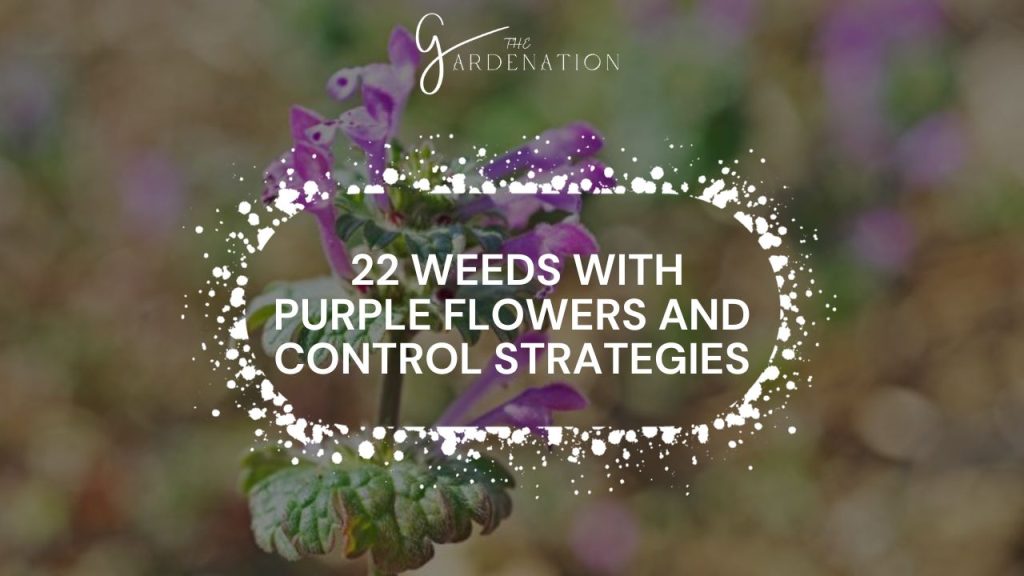
Creeping Charlie

Creeping Charlie (Glechoma hederacea) is a perennial weed with round, kidney-shaped leaves on square stems that spread along the ground. Its small purple flowers bloom in the spring.
I use pre-emergent herbicides in early spring to prevent growth. I hand pull small infestations. Post-emergent herbicides like triclopyr and 2,4-D provide chemical control.
Purple Dead Nettle
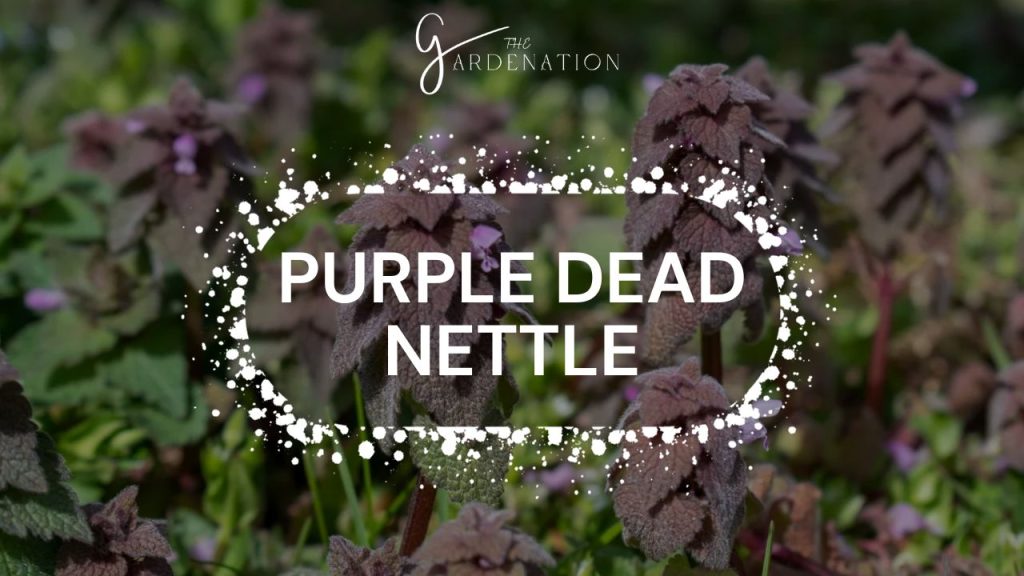
Purple dead nettle (Lamium purpureum) is a low-growing annual or short-lived perennial weed. Its purple and pink flowers bloom in early spring, fading to reveal silver seeds.
I manually remove plants in early spring before seeds are set. I apply mulch to deter growth. I improve soil quality to encourage turf grass competition.
Henbit
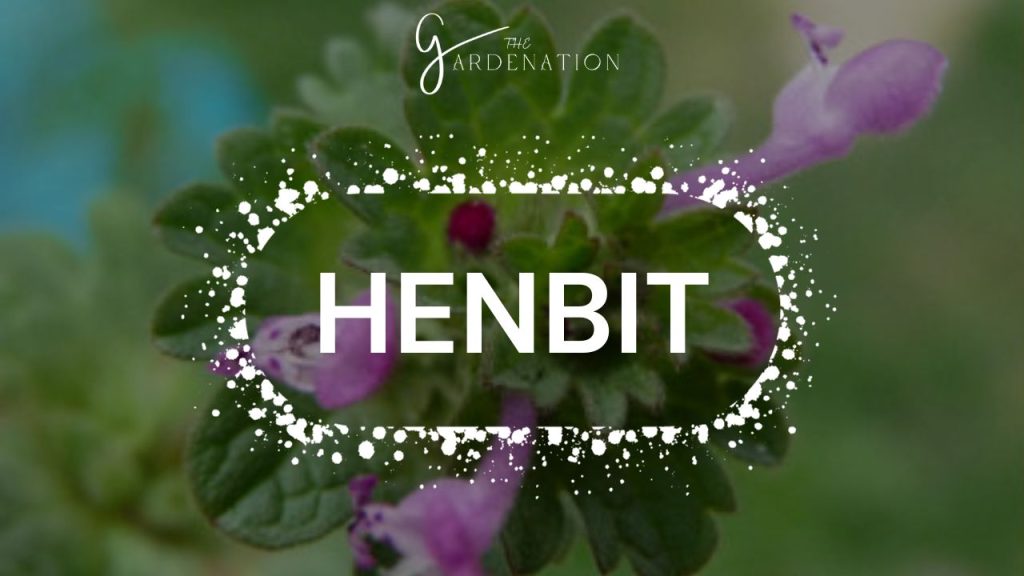
Henbit (Lamium amplexicaule) is a winter annual weed, sprouting in fall and flowering in early spring before dying by early summer. Its purple flowers transition to hard brown nutlets containing seeds.
I maintain thick turf grass to outcompete growth. I apply pre-emergent herbicides in early fall before germination.
Red Clover
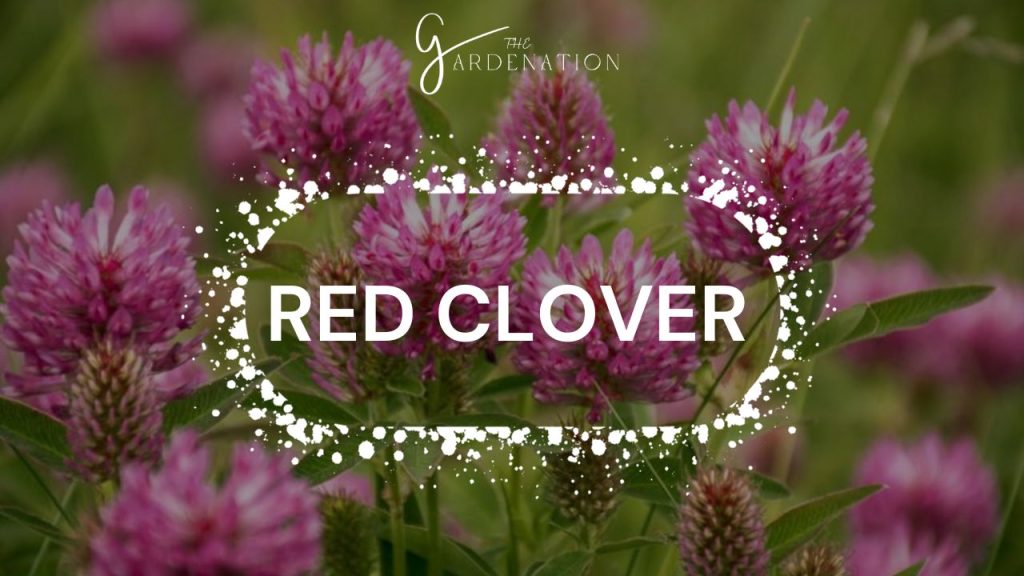
Red clover (Trifolium pratense) is a short-lived perennial weed with rounded leaves bearing a pale crescent mark. Dense rounded flower heads of many small, bright purple-red florets top the stems.
I try regular mowing to prevent flowering. I improve soil nitrogen levels to reduce this legume’s competitiveness. I apply selective herbicides post-emergence.
Wild Violet
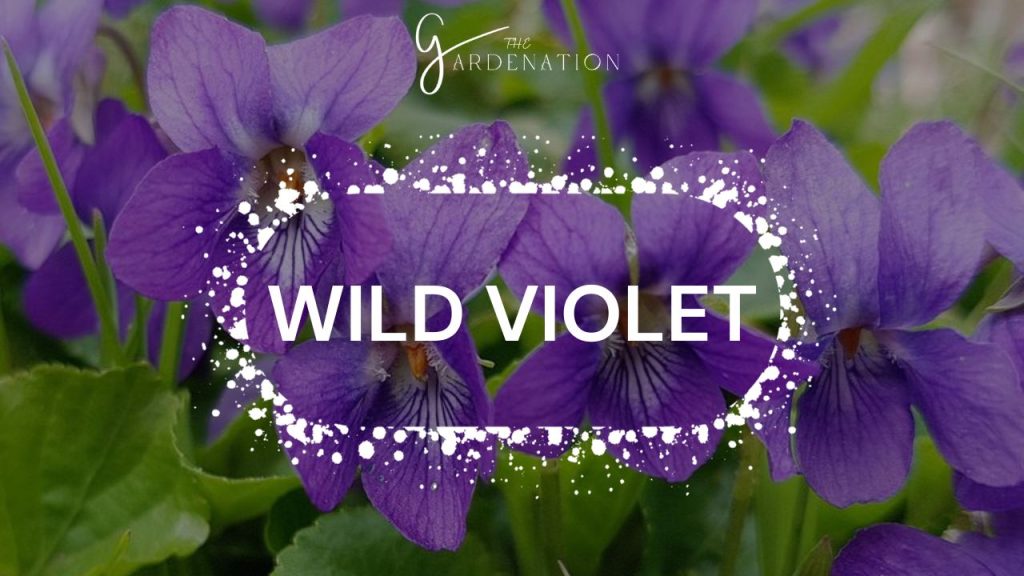
Wild violet (Viola papilionacea) is a perennial weed with heart-shaped leaves and stems that can root at nodes. Its purple and white pansy-like flowers bloom in spring and fall. Some cultivate it as a garden flower.
I manually dig up plants, removing all roots and runners. It spreads aggressively but holds conservation value, so I consider allowing some growth.
Canada Thistle
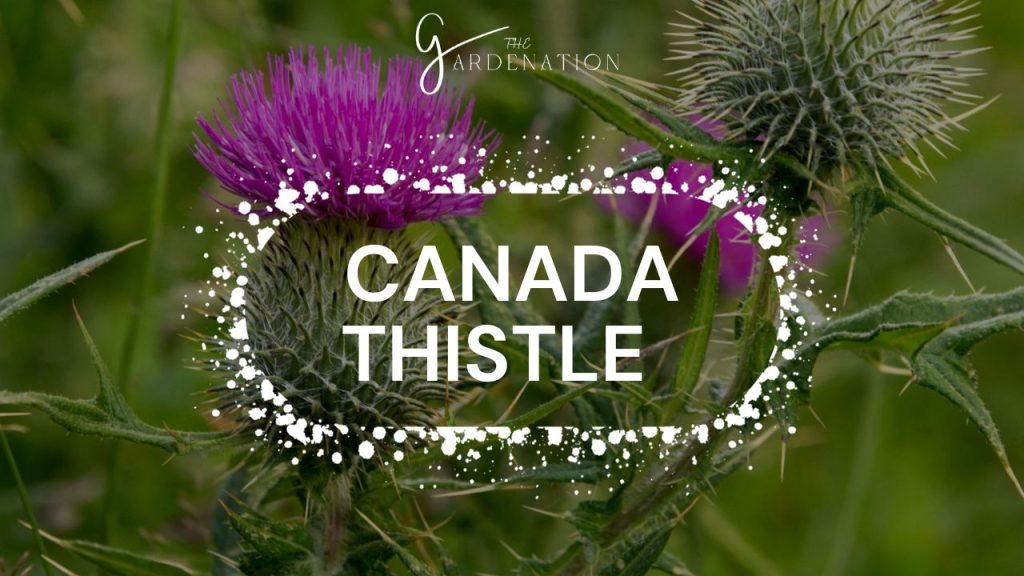
Canada thistle (Cirsium arvense) is an aggressive perennial weed with grooved stems and spiny leaves, spreading by deep and wide-creeping roots. Many small purple flower heads top the upper stems in summer.
Systemic herbicides effectively control growth by translocating to the roots. I prevent seed spread by cutting off flower heads. I try repeated mowing and tillage to deplete root reserves.
Nodding Thistle
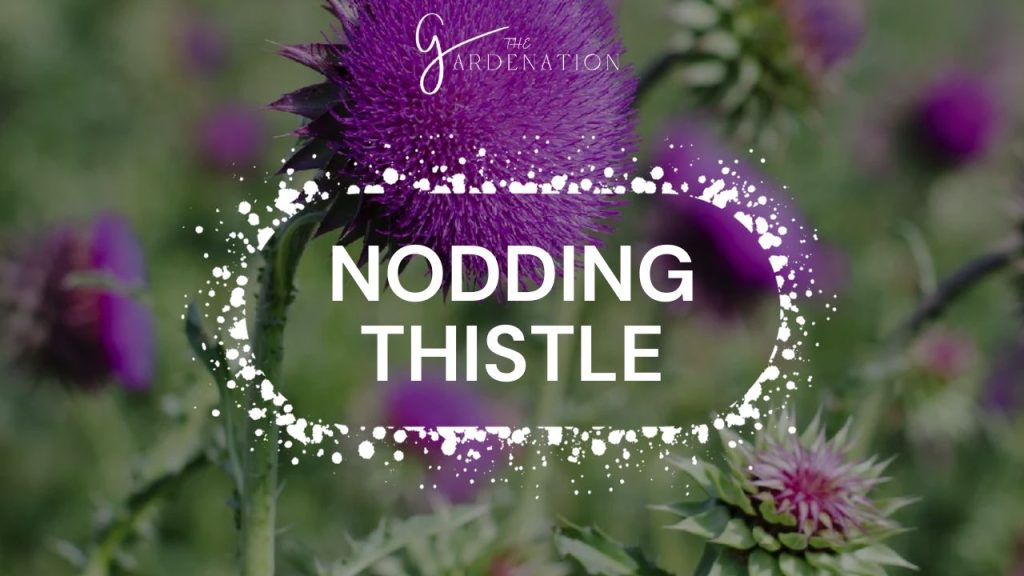
Nodding thistle (Carduus nutans) is a biennial weed that forms a basal rosette the first year before sending up a 5+ foot flowering stem topped by large purple flower heads the second year.
I remove first year rosettes. I apply broadleaf herbicides in the rosette stage before bolting. I prevent seed production and dispersal.
Bull Thistle

Bull thistle (Cirsium vulgare) is a biennial weed with a basal rosette that bolts in year two, forming branched stems 2-7 feet tall topped by many purple flower heads favored by butterflies.
I do frequent mowing to prevent flowering. Broadleaf herbicides effectively control rosettes and newly bolted plants before flowering.
Milk Thistle
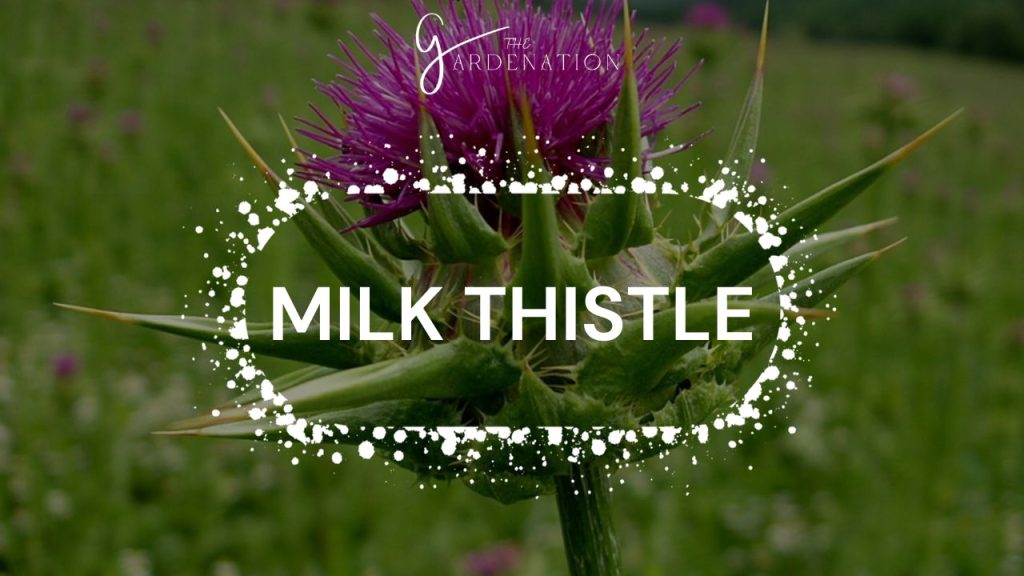
Milk thistle (Silybum marianum) is an annual or biennial weed with a basal rosette of large, spiny leaves displaying white marbling. Solitary purple flower heads top the stems.
I manually remove plants as early as possible to prevent flowering and seed spread. All plant parts secrete a milky sap when cut.
Purple Starthistle
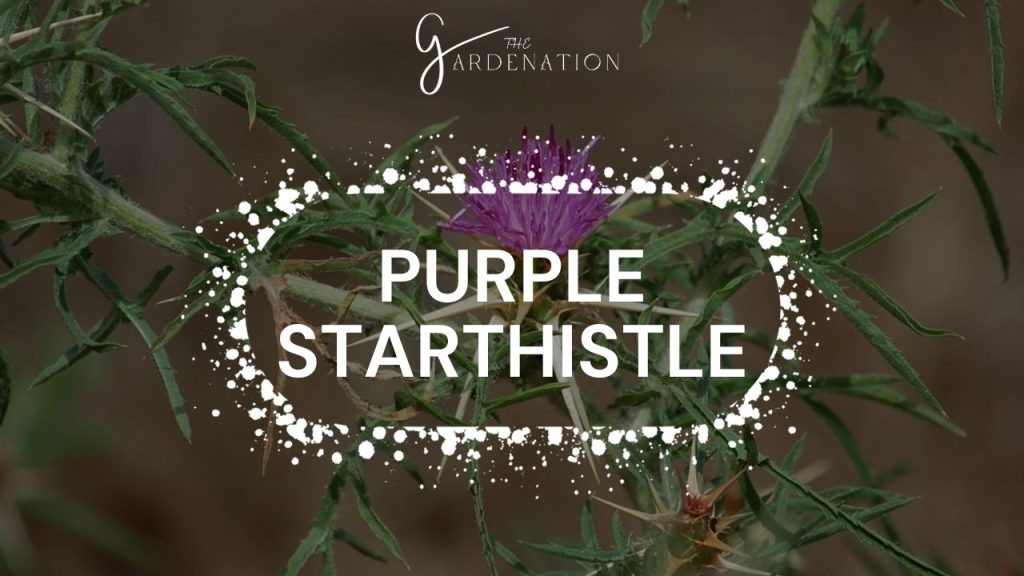
Purple starthistle (Centaurea calcitrapa) is an annual weed that forms a gray-green basal rosette before sending up rigid, winged stems covered in spines and topped with bright purple flower heads favored by butterflies.
I try frequent mowing prevents flowering. I remove small infestations by hand pulling. I apply post-emergent herbicides early in the rapid growth stage.
Heal-All
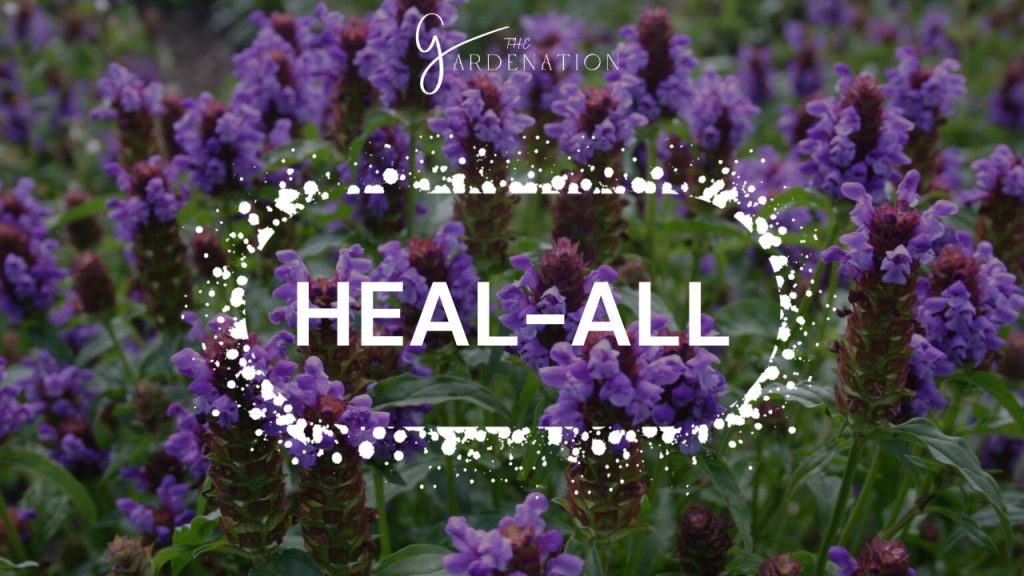
Heal-all (Prunella vulgaris) is an herbaceous perennial weed that spreads by creeping roots and self-seeding to form dense colonies. Low-growing with purple flowers on square stems blooming spring to fall.
I do frequent mowing prevents flowering. I apply selective broadleaf herbicides to control growth. I avoid excess fertilizer and improve drainage to reduce spread.
Purple Loosestrife
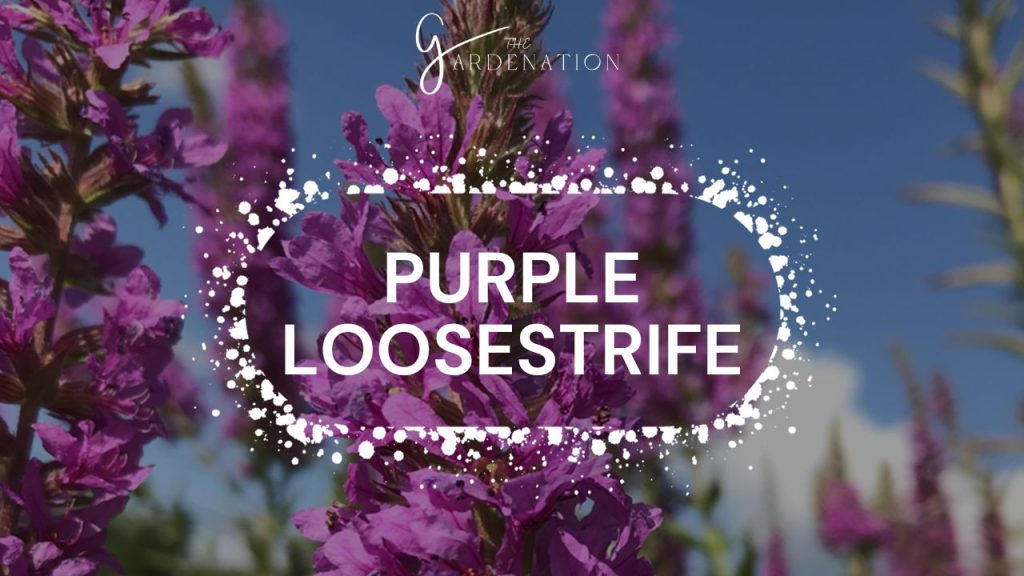
Purple loosestrife (Lythrum salicaria) is a wetland perennial weed with woody square stems and spikes of showy magenta flowers blooming June to September. Spreads aggressively by roots and seeds.
I detect and remove early before infestations spread. I try biological control using Galerucella beetles which effectively limits growth by feeding on leaves and shoots.
Bugleweed
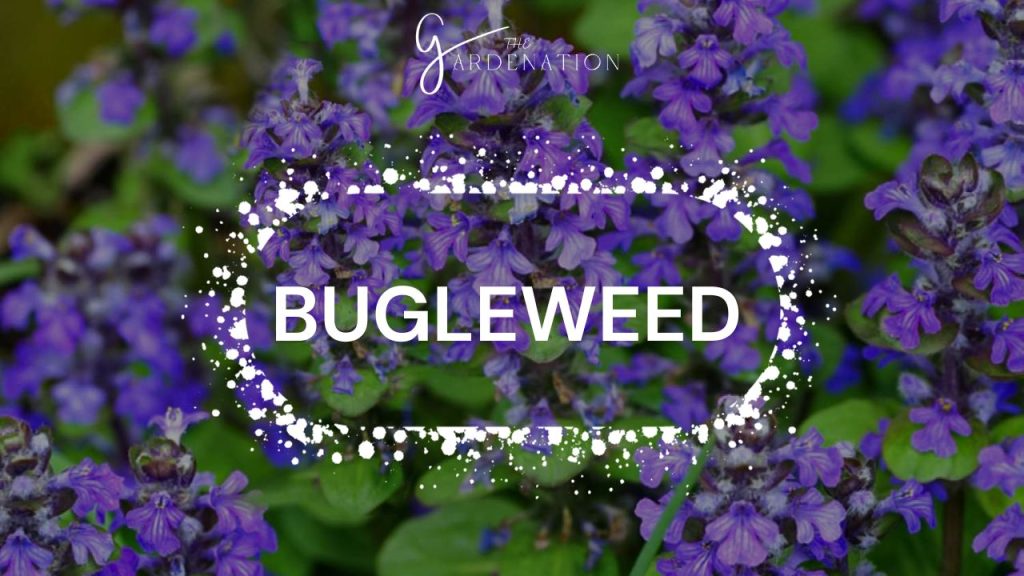
Bugleweed (Ajuga reptans) is a perennial weed and aggressive ground cover, rooting at leaf nodes as it creeps along the ground. Blue-purple flower spikes bloom in mid to late spring.
I manually dig out small infestations. I apply selective broadleaf herbicides in early spring or fall. I avoid excess fertilization and improve drainage to deter spread.
Crown Vetch
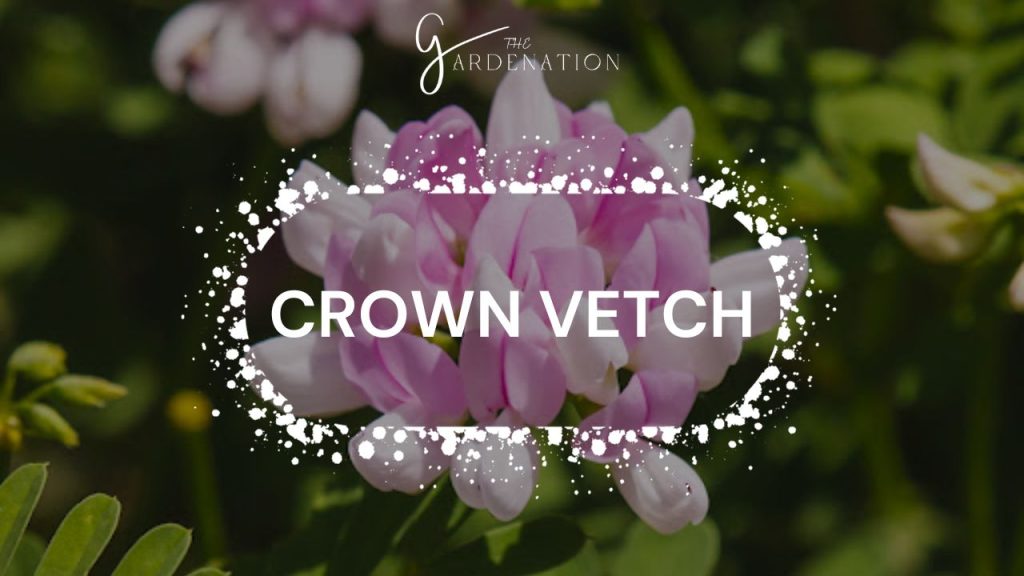
Crown vetch (Securigera varia) is a perennial weed and aggressive ground cover that forms dense leafy mats and spreads by rhizomes and seeds. Dense clusters of pink-purple flowers bloom from spring to fall.
I do frequent mowing for 2-3 years prevents flowering and seed production, eventually weakening growth. I completely remove as much of the root system as possible.
Bush Vetch
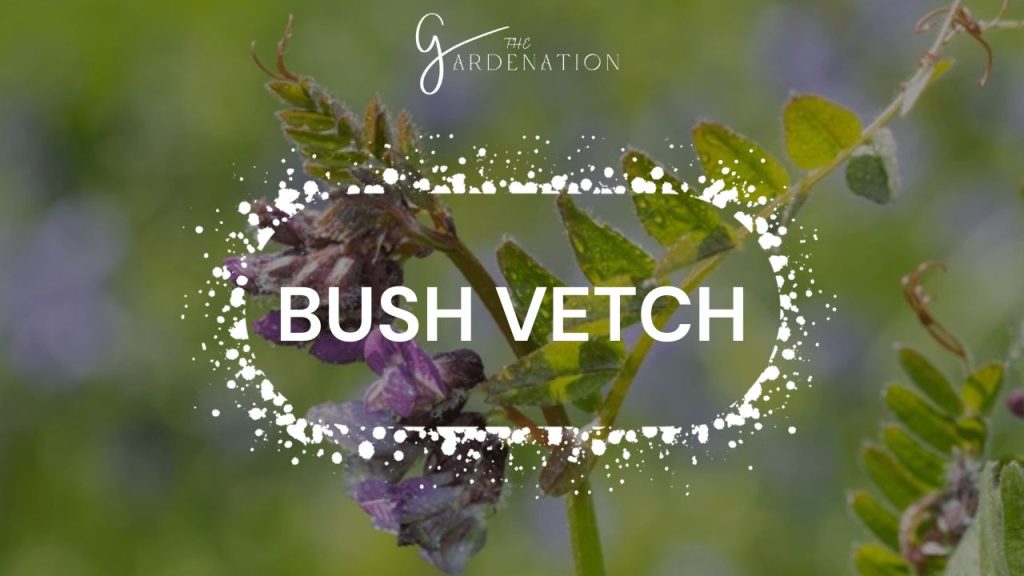
Bush vetch (Vicia sepium) is a perennial weed and aggressive trailing vine that climbs over other plants, forming tangled masses. Leaves are divided into many leaflets. Racemes of 12-25 purple flowers bloom in spring and summer.
I do repeated mowing prevents flowering and seed production. I manually uproot plants, removing all root fragments to prevent regrowth.
Comfrey
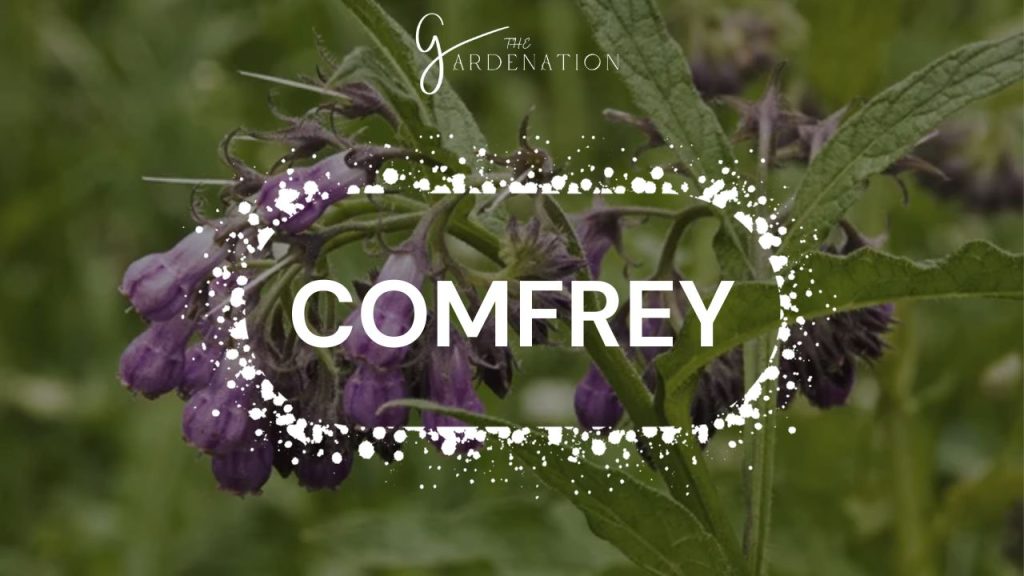
Comfrey (Symphytum officinale) is an upright perennial weed that spreads vigorously by seeds and root fragments, forming dense stands. Rough hairy leaves line the tall stems topped by drooping purple, pink, or white bell-shaped flowers.
I completely dig out plants to halt rapid spread, removing every piece of root and stem fragment which can generate new growth. I wear gloves when handling.
Spotted Knapweed
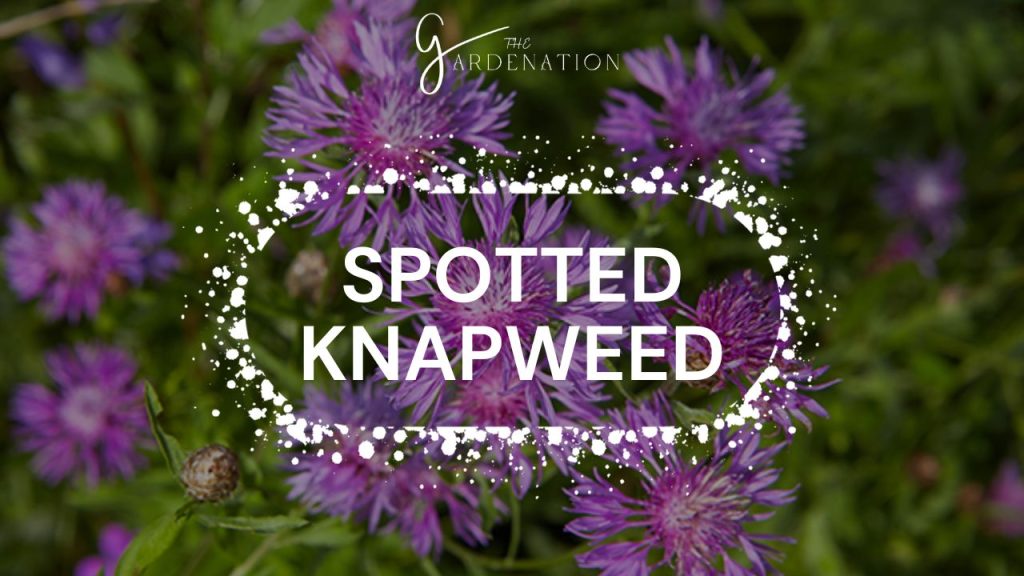
Spotted knapweed (Centaurea stoebe) is a short-lived perennial weed with basal rosette leaves and stiff, erect flower stems typically growing 2-4 feet tall and topped by purple flower heads. It spreads aggressively from seed.
I do frequent mowing for 2-3 years before seed set prevents spread and weakens existing plants. I hand pull or spot treat individual plants with herbicides.
Dove’s Foot Cranesbill
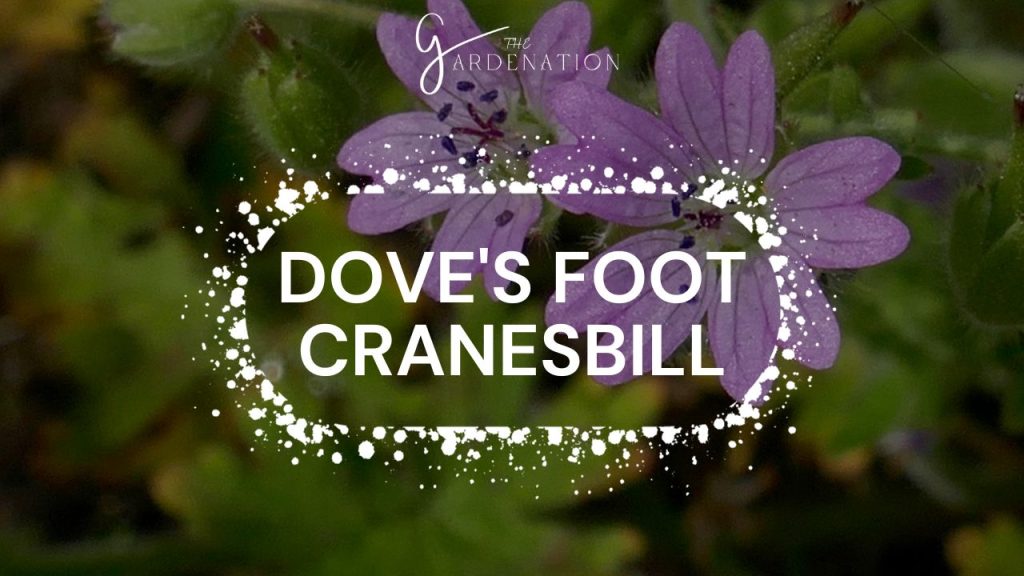
Dove’s foot cranesbill (Geranium molle) is an annual or biennial weed, either upright or trailing along the ground. Leaves are deeply lobed. The small five-petaled purple-pink flowers have a distinctive notched fruit capsule.
I apply pre-emergent herbicides in early spring or fall to prevent germination. I manually remove existing plants before seed set. I promote turf grass to discourage growth.
Spanish Bluebell
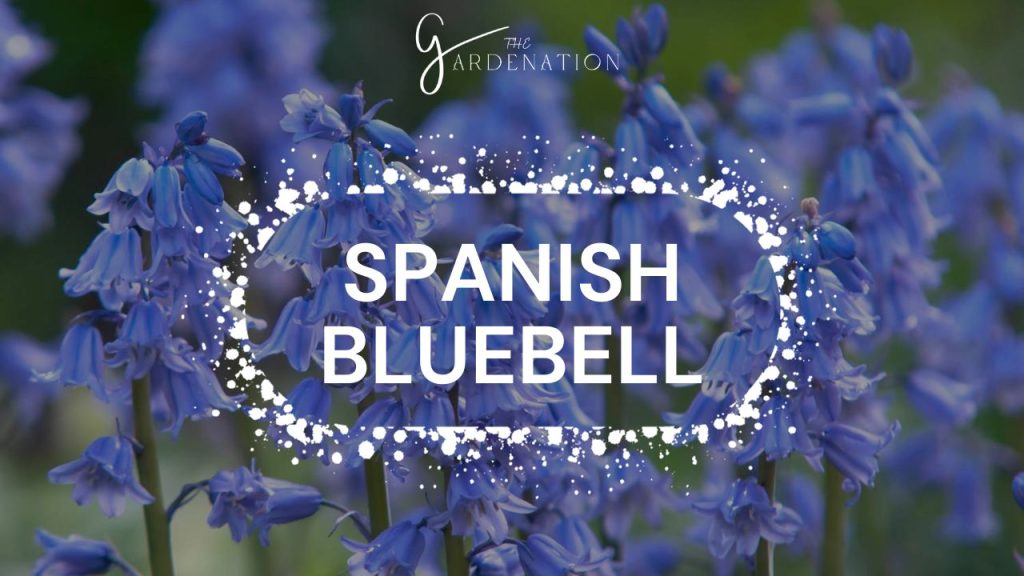
Spanish bluebell (Hyacinthoides hispanica) is a perennial bulb weed that forms dense colonies, displacing other plants. Stems bear linear leaves and dense one-sided spikes of purple bell-shaped flowers with yellow centers that bloom in spring.
I remove spent flower heads to prevent self-seeding. I try digging up the bulbs to provide control but leaves dormant seeds that will continue to germinate.
Bittersweet Nightshade
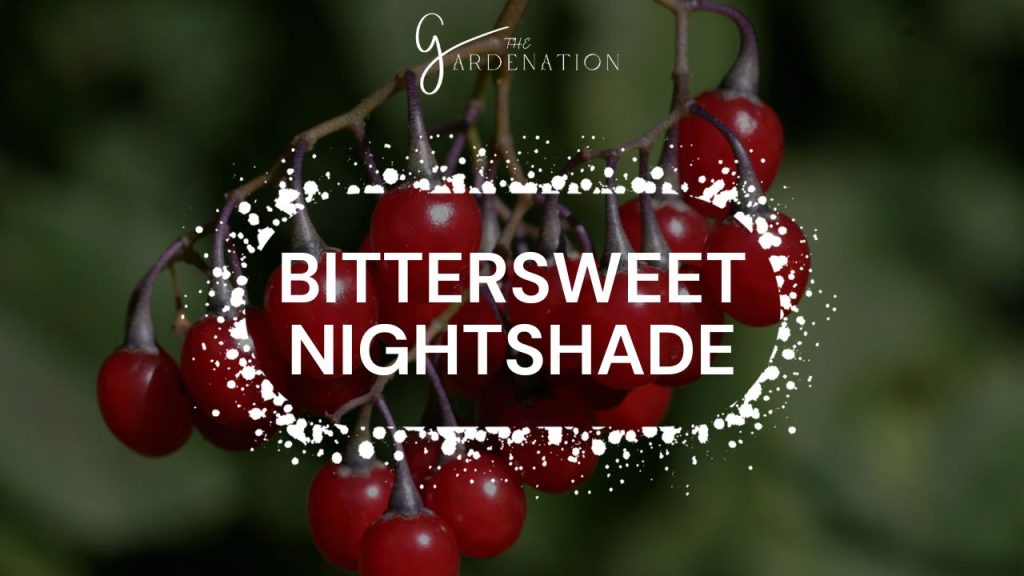
Bittersweet nightshade (Solanum dulcamara) is a perennial vining weed with trailing stems bearing purple flowers with bright yellow anthers in summer. Green berries turn bright red in fall. All parts are poisonous.
I do manual removal which provides effective control of small infestations. Larger patches can be treated with non-selective herbicides containing glyphosate. I wear protective clothing during handling.
Creeping Bellflower
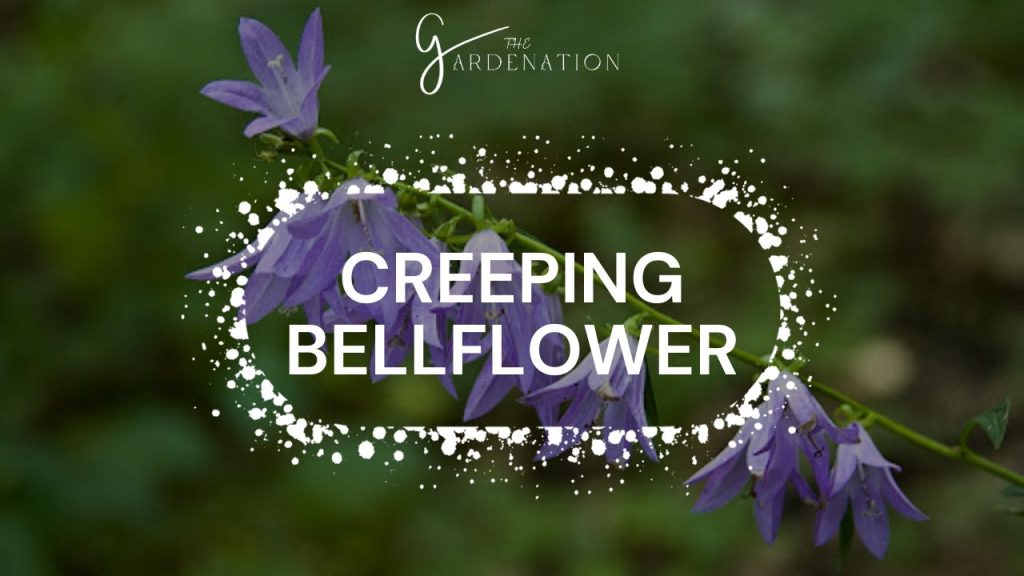
Creeping bellflower (Campanula rapunculoides) is an aggressive perennial weed that forms dense patches, spreading by fleshy creeping roots and seeds. Stems grow up to 3 feet tall bearing purple bell-shaped flowers in summer.
I vigorously dig out plants to halt spread, removing all root fragments. I apply selective broadleaf herbicides for large infestations, repeating treatments for full eradication.
Common Burdock

Common burdock (Arctium minus) is a biennial weed that forms a low rosette of large rhubarb-like leaves the first year before sending up flower stalks 3-7 feet tall the next summer. Globular flower heads covered in hooked bracts give way to clinging burrs.
I remove flower heads before the clinging burrs form to prevent spread. I know that control requires persistence in cutting back growth over several years to exhaust root reserves.
Frequently Asked Questions About 22 Little Purple Flowers In Grass
What is the best way to control perennial weeds?
Perennial weeds can be controlled through persistent removal of root systems combined with prevention of flowering and seed production over consecutive growing seasons. Systemic and selective herbicides also provide effective control when applied properly at key growth stages.
Will removing flowers stop weeds from spreading?
Removing flowers prevents weeds from forming seeds, stopping spread by seed dispersal. However, perennial weeds can also propagate vegetatively from root fragments, rhizomes, and bulbs. So combining flower removal with digging up roots provides more comprehensive control.
Is it safe to compost weeds?
Avoid adding weeds with seeds or spreading root systems like dandelions and bindweed to compost piles. High temperatures typically kill weed seeds, but some may still germinate. Allowing weeds to flower and seed before adding to compost is risky.
What is the best way to deal with poisonous weeds?
Clearly identify poisonous weeds like poison hemlock and giant hogweed. Wear protective clothing and gloves when handling, as toxins can cause skin irritation. Safely dispose of plant materials in sealed bags. Herbicide application provides effective control from a distance.
How do I promote healthy turf grass to crowd out weeds?
Improve soil quality, pH, and drainage. Dethatch and aerate lawns in spring or fall. Overseed bare patches. Apply slow-release fertilizer in early fall. Mow high (3-4 inches) and frequently, leaving clippings as mulch. Water deeply and less frequently to encourage deeper roots.
Conclusion
Effectively managing purple-flowered weeds requires identifying species, understanding life cycles, and targeting vulnerable growth stages. I have reviewed 22 common lawn and garden invaders, enabling you to control infestations through manual removal, mowing, mulching, competitive planting, and proper herbicide use.
While visually striking, weeds compete with desired plants for light, moisture and nutrients. Their seeds spread aggressively, exacerbating growth. Addressing them early and cutting off reproduction is key, though perennials may require exhaustive, multi-year efforts attacking roots. Persistence pays off for a healthy, flourishing landscape.
Weed control brings satisfying rewards but also conservation considerations, as some plants hold ecological value for pollinators. I have aimed to build identification skills and sensible, sustainable management strategies. Going forward, vigilance and prompt action against new weed growth will prevent major infestations. With sound knowledge and practices, you can overcome weed challenges and enjoy the beauty of your outdoor spaces.


2 Comments